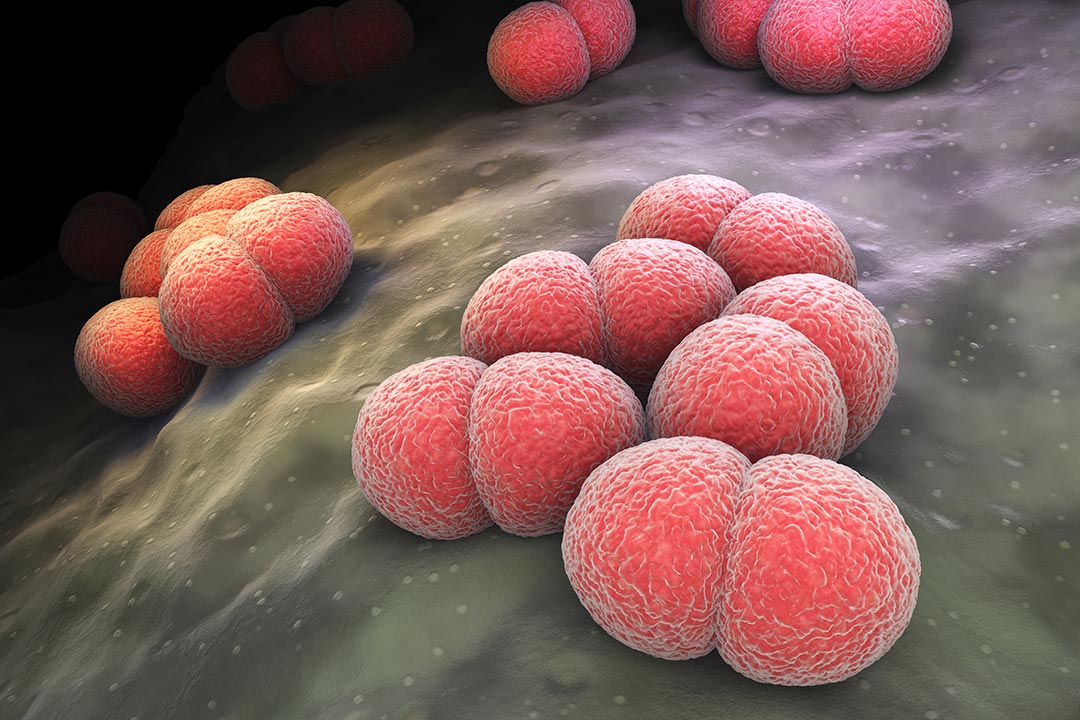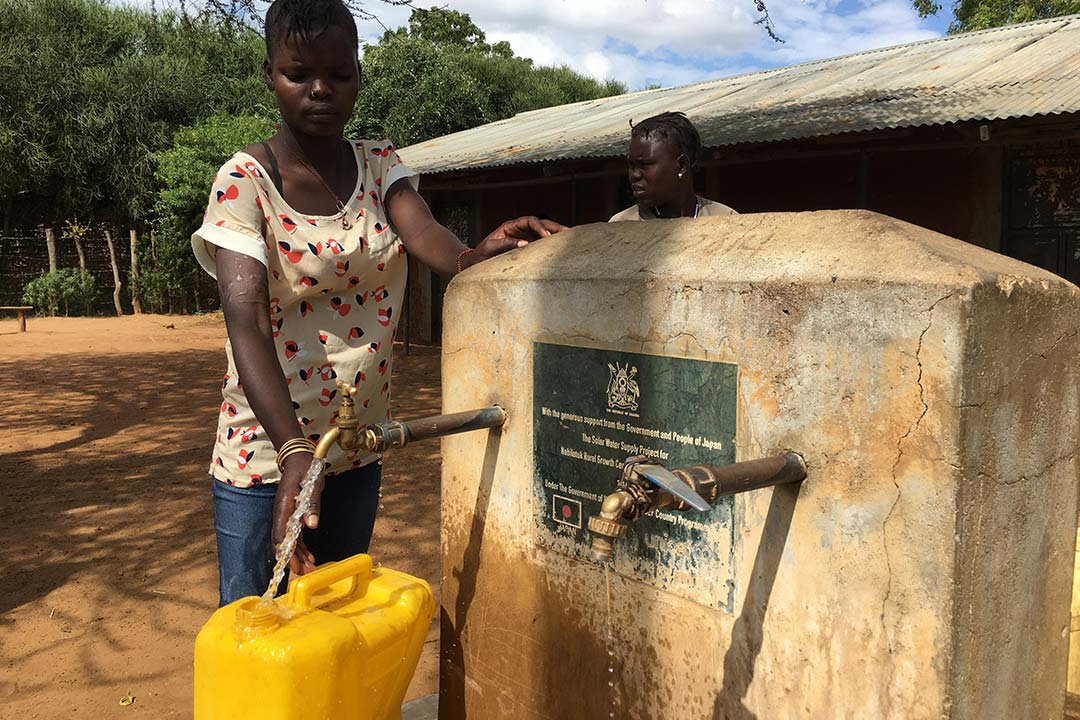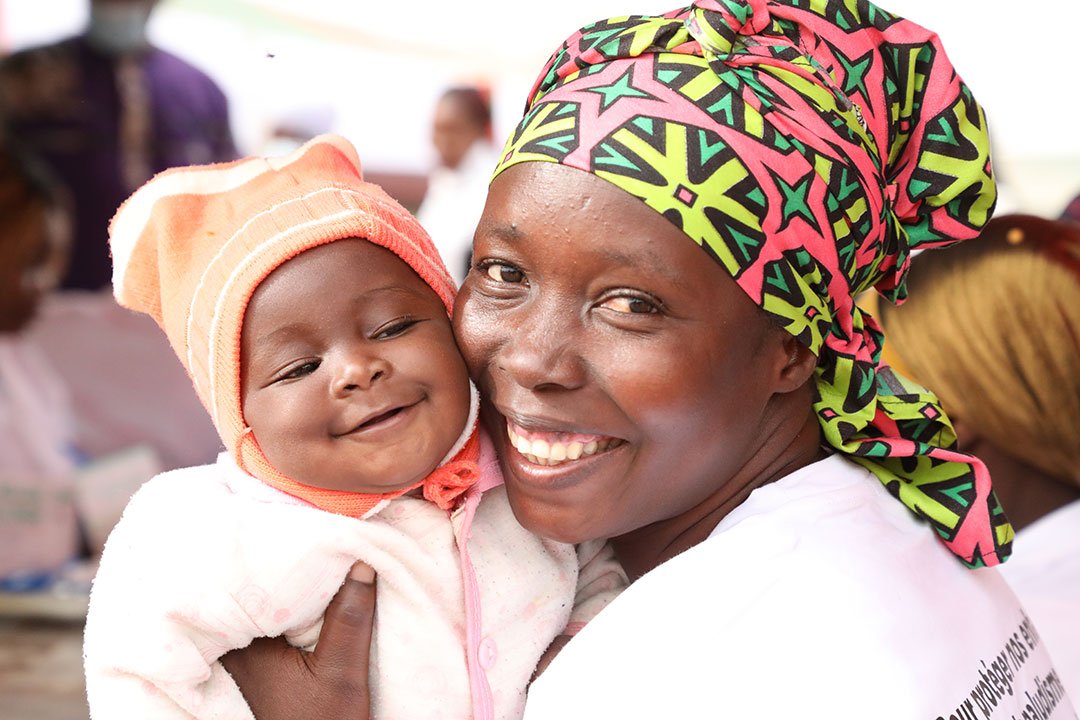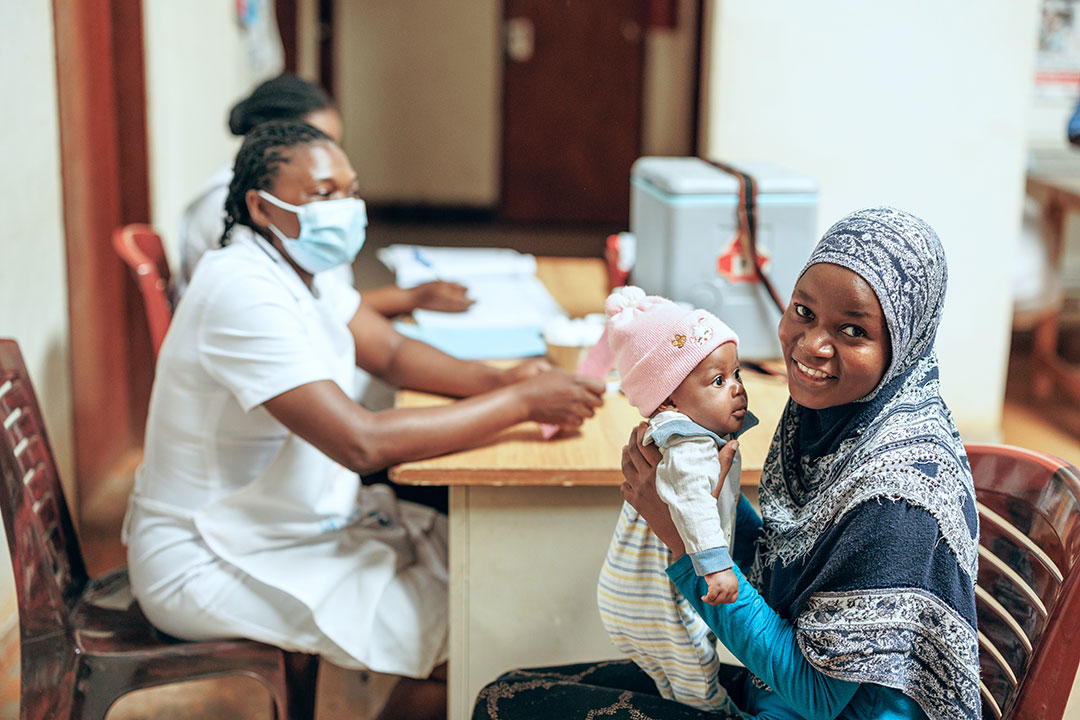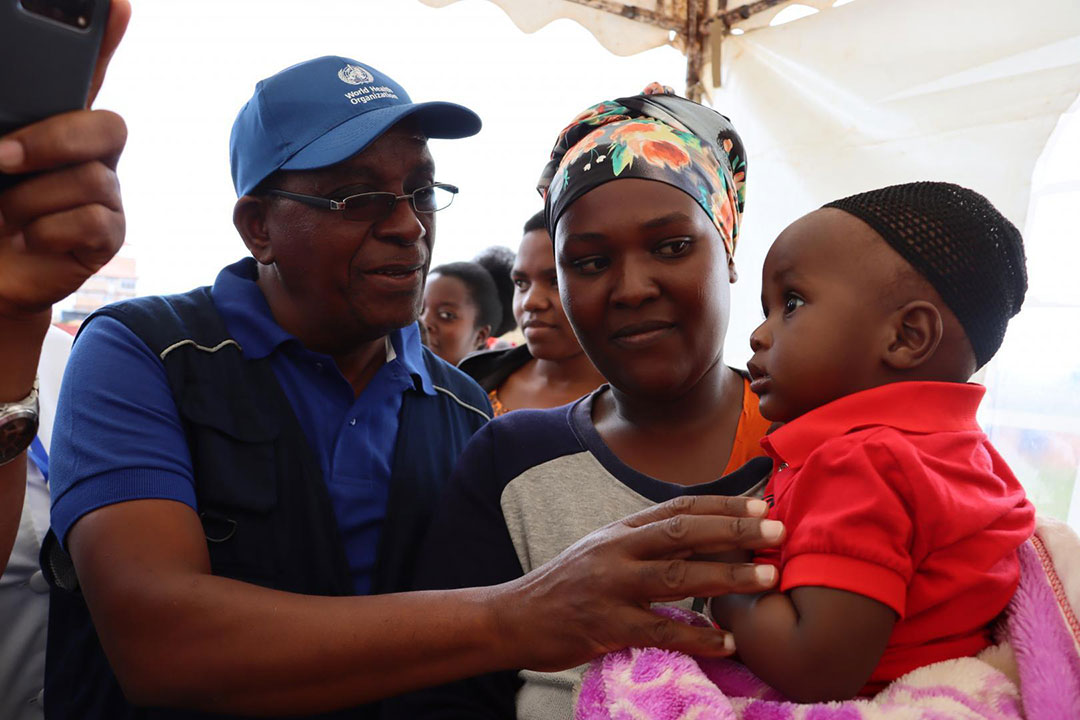What are whole virus vaccines and how could they be used against COVID-19?
Whole virus vaccines use a weakened or deactivated version of the disease-causing virus to trigger protective immunity against it.
- 30 December 2020
- 4 min read

At a glance
Whole virus vaccines use a weakened (attenuated) or deactivated form of the pathogen that causes a disease to trigger protective immunity to it. There are two types of whole virus vaccines. Live attenuated vaccines use a weakened form of the virus, which can still grow and replicate, but does not cause illness. Inactivated vaccines contain viruses whose genetic material has been destroyed by heat, chemicals or radiation so they cannot infect cells and replicate, but can still trigger an immune response.
Both are tried and tested vaccination strategies, which form the basis of many existing vaccines – including those for yellow fever and measles (live attenuated vaccines), or seasonal influenza and hepatitis A (inactivated vaccines). Bacterial attenuated vaccines also exist, such as the BCG vaccine for tuberculosis.
Advantages and disadvantages of live attenuated vaccines
Well-established technology

Strong immune response
Immune response involves B cells and T cells
Relatively simple to manufacture

Unsuitable for people with compromised immune systems
May trigger disease in very rare cases
Relatively temperature sensitive, so careful storage necessary
Advantages and disadvantages of inactivated virus vaccines
Well-established technology
Suitable for people with compromised immune systems
No live components, so no risk of the vaccine triggering disease
Relatively simple to manufacture
Relatively stable
Booster shots may be required
How do whole virus vaccines trigger immunity?
Both live attenuated and inactivated vaccines contain the whole or part of the disease-causing pathogen, but the type of immunity they trigger is slightly different.
Live attenuated vaccines are derived from viruses that have been weakened under laboratory conditions, so that when injected they will infect cells and replicate but cause no or only very mild disease. They may be unsuitable for people with compromised immune systems (e.g. those with HIV) and pregnant women though, because even a weakened virus may trigger disease in these individuals. Also, in very rare cases, live attenuated vaccines can revert to a more pathogenic form, triggering disease in vaccinated individuals or their contacts. This has been seen for vaccine derived poliovirus associated with the oral polio vaccine.
Because these vaccines are simply weakened versions of natural pathogens, the immune system responds as it would to any other cellular invader, mobilising a range of defences against it, including killer T cells (which identify and destroy infected cells), helper T cells (which support antibody production) and antibody-producing B cells (which target pathogens lurking elsewhere in the body, e.g. the blood). This immune response continues until the virus is cleared from the body, meaning there is plenty of time for memory cells against the virus to develop. Because of this, live attenuated vaccines can trigger an immune response which is almost as good as being exposed to the wild virus, but without falling ill.
Inactivated virus vaccines also contain the disease-causing virus, or parts of it, but their genetic material has been destroyed. For this reason, they are considered safer and more stable than live attenuated vaccines, and they can be given to people with compromised immune systems. Even though their genetic material has been destroyed, inactivated viruses usually contain many proteins which the immune system can react to. But because they cannot infect cells, inactivated vaccines only stimulate antibody-mediated responses, and this response may be weaker and less long-lived. To overcome this problem, inactivated vaccines are often given alongside adjuvants (agents that stimulate the immune system) and booster doses may be required.
How easy are they to manufacture?
Different viruses require slightly different production processes, meaning separate equipment and facilities are needed for each one. For instance, the influenza virus is grown inside fertilised chicken eggs - which must themselves be sourced from specialised sterile laying facilities. Polio virus is grown in dishes of cells, which require different handling, while bacteria-based vaccines are grown in vast bioreactors. Growing live pathogens also means stringent precautions must be taken to avoid the virus escaping and making vaccine plant workers sick.
Once large amounts of virus or bacteria have been grown, they must then be isolated, purified and attenuated or inactivated, depending on the vaccine. Each of these steps requires specific equipment, reagents, and stringent procedures to avoid, and check for, contamination, which can further increase costs.
The other COVID-19 vaccine types
Nucleic acid
Nucleic acid vaccines use genetic material from a disease-causing virus to trigger protective immunity against it.
Protein subunit
Protein subunit vaccines use fragments of protein from the disease-causing virus to trigger protective immunity against it.
Recommended for you
